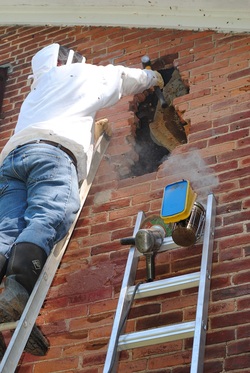 "Go big or go home." I've heard that saying a lot over the years and never really thought it applied to many of my personal endeavors. In retrospect I think that may be an appropriate description of this past Sunday's adventure. This weekend we went on our first honeybee colony cutout call. "Cutout" is the term used to describe to process of removing an established bee colony from a building or structure. You literally cut (or bash or pry) open the walls or ceiling of the structure and remove the comb and bees. Our cutout came as a response to an email sent by our beekeeper's club.
A woman in a nearby neighborhood had a honeybee colony that had taken up residence inside the brick walls of her home. She believed that they had moved in as a swarm earlier this spring. She wasn't having much luck finding someone that would remove the bees without killing them. One of the officers in the club sent us a inquiry asking if we would be willing to assist her. We had some spare time available on Sunday so I (perhaps in a moment of insanity) offered to drive by her home and assess the situation.
The colony had established itself inside an old walled off chimney cavity in the brick home. The cavity was about 24 inches wide by 12 inches deep and two stories tall. An all around perfect home for a colony of honeybees. The brick and mortar up the cavity were riddled with small openings and the bees were using two or three of them as an entrance. The primary entrance was about 12 feet off the ground where a section of mortar had fallen out.
While I'm trying to learn the art of beekeeping, a carpenter I am not! I told her she had a few options. She could call a professional cutout and removal service that would remove the bees and repair the structure. I'm no pro at this but I estimated it would likely cost in the range of $500 and could be up to $1000 depending on the size of the colony and repair job. I am not aware of one in our county but there are a few listed in the broader metro area. I then volunteered to help remove the bees if she was okay with me simply tearing away the deteriorating brick covering that part of the abandoned chimney cavity. She would need to contact a mason on her own to manage the repairs once the site was bee-free. I wanted to get the experience of a cutout while attempting to help anyone interested in saving vs. destroying the bees. She jumped on the deal.
Sunday morning my wife and I trooped over to her home to get started removing the "3 to 4 week old swarm" that was in the wall. The first small opening revealed the bottom of the combs. Layer after layer of brick came out while larger areas of comb were exposed. After 30 minutes on the job it became clear this wasn't a late spring swarm. These girls have been busy building up their home for at least a couple of years. After more than an hour of opening the wall we exposed 6 combs about 3 feet tall by 10 to 12 inches wide. They were much better carpenters than me and you can't help but admire the beauty of their handiwork. I started Sunday expecting to collect a meager box of bees and left with a deep box full of brood, honey and bees.
Had I known that this colony had been established for several years I suspect I wouldn't have agreed to help so eagerly. But as they say, "go big or go home." Experience is what I wanted, and experience is what I got. The cutout went smoothly despite some of my rookie mistakes. I have not yet spotted the queen to confirm that she survived the extraction. I suspect we'll know in a few days upon inspection if she is there or if the colony is attempting to build emergency queen cells on some of those eggs in the brood comb. I had to make 3 follow up trips to collect more bees and I inadvertently dropped many down the chimney cavity whilst trying to collect them for transport. The homeowner had a great attitude and I suspect she'll end up becoming a beekeeper, albeit with bees in a hive instead of her home. And finally my wife was on board for the experience and was a cheerful co-conspirator in spite of having a brick dropped on her foot from above by yours truly. Most spouses would have considered the idea outright madness. She not only supported the idea, she was as deep in those bees as I was. For that I am truly a fortunate man.
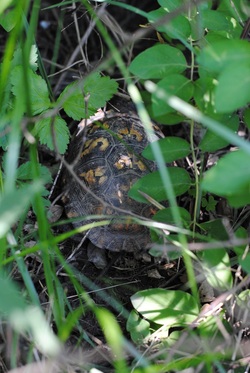 At a recent garden party (perhaps that term is a bit too formal for a group of couples hanging out eating pizza while the kids run around like wild animals), part of the conversation covered the host’s lovely vegetable garden. I’ll admit to some envy at the size and beauty of the tomato plants in the organized suburban garden setting, compared to the young scrappy looking vines out in my rural plot. During the chat discussion shifted to slug control measures. It seems that the beer traps work well, but require continued vigilance. Grapefruit halves and egg shells were mentioned as other effective methods but no one seemed to have direct experience with those techniques. I left the conversation intrigued and newly aware that we haven’t had any slug issues this year. That sparked my curiosity.
Don’t get me wrong, I have found an occasional slug in the garden, but nothing that would cause concern. There are many potential reasons why slugs might not be a pest problem in my garden while our fellow party goers were exploring control methods a few miles away. Microclimate, garden location, orientation to the sun, soil moisture, shading, nearby structures and soil composition are just a few of the possibilities. My favorite answer, and most probable one, is predation. In one of my earlier blog entries I shared a photo of a toad sitting in the newly constructed hugelkultur garden bed. A few weeks ago my wife spotted a turtle lounging under the shade a few feet from that same garden. Toads and turtles love to eat slugs. I suspect these guys are dispatching the slugs before they do much damage or I get the opportunity to view them. On our property, that toad has several brothers, sisters and cousins living near the small stream, in the natural drainage channels, in the landscape beds and in our multiple vegetable plots. The more slugs, the more toads can move into the area to eat. While toads and turtles might not seem like predators from my viewpoint, I suspect they are high on the list of threats to a slug. But why we don’t have toad infestation problems? I suspect the slug to toad / turtle population has reached a point of stasis or the raccoons, coyotes and hawks have created a similar balance with the toad as prey.
Natural ecosystems are all about long term balance. Slug or toad infestations will occur periodically. One species may rise to infestation level in an area for a period of time. Any system will have occasional variances, but a well-balanced system will self-modify and self-correct. Predators often play the critical role in ecosystems. Population explosions by one species will eventually attract its predators and parasites. Those predators themselves may grow in population but this should balance as the food source disappears or new predators and parasites emerge to prey upon the new imbalance.
Permaculture is a systems based approach to agriculture. Plants and animals are selected to play a role within the community toward a goal of symbiosis and balance. Diversity and polycultures are preferred over monocultures. The clover used as ground cover attracts pollinators and fixes nitrogen for other plants in system. Some species are chosen to draw nutrients deep in the soil near the surface where it can be accessed by others. Helpful insects and wildlife are encouraged to thrive along with useful livestock management. Even the litter and waste serves an important purpose in the system. Preference is given to perennial or self-propagating species toward a long term self-sustaining system.
Within the permaculture community, some are experimenting with the transfer of these concepts from the fields and forests into human society. At first blush that seems a little hippie or libertarian to me (I’m a moderate at heart), but from a systems thinking standpoint I can’t help but be drawn to the concept. Upon reflection it doesn’t seem that different than the last hundred thousand years of human society, with the notable exception of the last few hundred years. I also can’t help having misgivings over the impact of human population expansion and impact within our ecosystem. Natural systems seem to find ways to self-modify and self-correct to reach stasis.
We humans are an intelligent species. Perhaps we’re intelligent enough to maintain and sustain an out of balance system. For some reason I’m doubtful that we’re that intelligent. I am hopeful that we are smart enough to find ways to create more balance and some sort of stasis so nature doesn’t take things into her own hands. The likely result ends up with nature treating us like another population infestation, rebalancing population levels through food shortages, predators / parasites or outright extinction.
As for our little forty acre slice of earth, I’m going to try to take as much pleasure in the coyote, hawk and raccoon as I do in the toads, turtles and turkeys. That won’t be easy. I suppose we could end up losing some of our chickens or even one of our dwarf goats. The kids will cry. I'll be frustrated. But the coyotes are just being coyotes, playing their role in the ecosystem. They have moved here to Ohio because we no longer have red wolves. While the bobcat still lurks in some southern Ohio forests, the only Ohio bobcat most of us will see in a lifetime is the one on a collegiate sweatshirt. So when I see those predators I'll try to pause, recall those permaculture concepts and try to take solace in the fact that the higher predators are a sign of a healthy and balanced ecosystem.
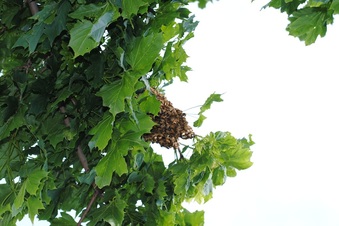 One of the rights of passage for a beekeeper is the swarm call. That's the call from a neighbor, friend, or random citizen to announce that they have a swarm on a tree (or swing, building, lamppost) inciting terror in passersby. The caller is usually looking for someone to remove the perceived threat and may have first summoned an exterminator only to learn to exterminators can only kill honeybee swarms under extreme circumstances in most states. The reality is that swarms (of non-africanized bees) are incredibly docile and a true wonder of nature.
This week we got our first swarm call and passed our initiation into the world of beekeeping. Our call came from our mentor and president of the local beekeepers club. A small swarm had set up temporary residence on a tree in the parking lot outside the main entrance of a local food processing plant. The company's pest management firm had contacted the beekeepers association to identify a local resource to remove the swarm. We turned out to be the closest club members to the location and were known to be looking to add a second colony to our apiary. After a quick call to the business facilities team we scheduled to attempt the swarm collection late afternoon / early evening if the swarm hadn't relocated by then.
Upon arrival at the site we set up a light colored sheet underneath the swarm, placed a 5 frame Nuc box on the sheet, donned our gear and got about our business. The process of removing the swarm was simple enough. We misted the swarm and the entrance to the Nuc box with a 1:1 mixture of sugar and water, climbed a step ladder, pulled down the branch containing the swarm as low as possible, and gave it a couple of quick hard shakes. Most of the bees fell onto the sheet just in front of the waiting box. Almost immediately a few of the girls entered the Nuc, came back outside and began emitting pheromone to let the confused bees reorganize in front of the box. After a few minutes the entire colony formed a chain and began walking collectively into our waiting hive box. A large group of bees toward the rear of the train continued to signal for bees flying in the air or returning to the tree to join the swarm on the ground. At this point our job was to simply wait for the bees to walk into their new home. Most of the workers at the plant were now leaving for the evening and we had many employees curious about the swarm and the collection process. We spent about an hour at the plant mostly answering questions about bees, beekeeping, and swarms from the employees.
After an hour most of the bees had settled into the Nuc. We stapled some 1/8" hardware screen over the entrance, secured the body, lid and bottom together, loaded the Nuc into the pickup truck and headed back to the farm. We placed the box in our bee yard, performed a quick scan to spot the queen, provided a few frames of existing drawn comb, and added a quart of sugar syrup via a top feeder to assist them drawing new comb on foundation. Since this was an after swarm, our queen likely still needs to make her mating flight. We'll keep the ladies fed and check back in a few weeks when she should be busy laying eggs.
It has been an exciting first month for us as beekeepers. We got into the beekeeping hobby the old fashioned way - collecting and capturing swarms. It has been an interesting journey and we wouldn't have it any other way!
Most anyone interested in agriculture (industrial, organic or hobby), the world’s food supply, or nature conservation all agree that one of the biggest obstacles we face in feeding the world’s critters, be they wild, domestic or human, is fertility. I’m talking Mother Nature’s fertility, the ability of the earth to support and sustain life. Sustaining life on this planet is a complex system but at the heart of the system lie soil fertility and pollination.
Now that we’re full time residents on the farm, we want to build a family tradition of recognizing Earth Day by engaging in a project or activity to make a small difference on our tiny corner of the planet. It seemed appropriate for this year’s Earth Day activities that we focus on methods to help improve the fertility of our farm and its complex natural ecosystem. A series of earlier activities and events led to this year’s themes. In March the wife and I attended a Beginning Beekeeping Course from the West Central Ohio Beekeepers Association (WCOBA), and I read Sepp Holzer’s Permaculture: A Practical Guide to Small-Scale, Integrative Farming and Gardening.
During the beekeeping class we were introduced to the basics of beekeeping along with some basic scientific research on the challenges and possible solutions facing our nation’s most underappreciated farm hands. According to the information presented in the course, the number of bee colonies in the state of Ohio has dropped dramatically by over 90% from the peak in the 20th century, with similar decreases across the country. My grandfather lost most of his colonies during the mite infestations that hit late last century. I was also aware of the ongoing Colony Collapse Disorder losses creating a crisis for beekeepers. What surprised me most was the impact this is having on the portions of the agricultural industry that rely on pollinators. It turns out that there aren’t enough bees in the valleys of California to pollinate the almond orchards. There aren’t even enough bees in the state of California to pollinate the almonds. In fact, it takes half of the managed bee colonies in the entire United States to effectively pollinate California’s almonds. The almond industry and beekeepers collaborate to ship bee colonies from all over the country to place in the orchards for the month that the trees are in bloom. While we’re not attempting to save an industry here on our farm, we have noticed that our orchard trees have poor fruit set, our cucumbers are shaped like something from a Pablo Picasso painting, I can’t get a pumpkin vine to set to save my life, and I’ve resorted to hand pollinating some of the wild native fruit trees in the forest. All are indications of insufficient or ineffective pollinators. (My hand pollination efforts are both insufficient and ineffective.)
Our first project was to get homes ready for our pending prolific pollinators. We’ve finished the class, joined the local beekeepers club, read Bee-sentials by Larry Conner, and purchased our equipment. Our mentor in the club loaned us a few swarm traps to attempt to capture any feral swarms that emerge from the neighborhood forests and set us to task getting our equipment prepared for new residents. Yours truly engaged in copious hours of priming and painting boxes, my wife set about building frames and wax foundation (in a cashmere scarf no less, always important to be warm and fashionable) while the kids provided decoration and flair to finished supers.
The second activity involved planning and preparation for a future vineyard. Yes, I have unrealistic dreams of establishing a few plots of vines for wines here on the south facing hills. Rieslings and Pinots will grow in our climate, but the soil on those hills is a long way from having enough fertility to support a vineyard. So I plan to unleash the goats on the invasive honeysuckle, trim what they can’t reach, plant lupine and white clover as a green manure crop. Once the goats have finished their work, I may be able to rotate the ponies and chickens through to add their contributions. Building soil using this method may take several years, but according to Sepp Holzer this builds a natural, healthy, fertile soil that will outperform any chemically doctored plot.
We’re hoping to capture a swarm this spring. If we do, the colony will get to move into a well adorned pollinator palace thanks to my daughters. If our traps aren’t successful, we’ll plan to purchase a few split colonies from one of the mentors in the beekeepers club come June. There will be lots of learning and rookie mistakes trying to get them through the winter, but I’m hopeful we’ll have better fruit set, normal cucumbers and perhaps a pumpkin or two by next summer. In the meantime I’ve got portable goat fence to move, brush to clear and lupine/clover to plant to build some soil while I dream about that future vineyard.
Last fall I was introduced to the concept of German raised bed gardening known as Hugelkultur when a friend on the west coast installed a few hugel beds. Not being one to miss an opportunity to explore something innovative, I spent some free hours over the winter researching the concept. Paul Wheaton’s website has a great overview of hugelkultur at http://www.richsoil.com/hugelkultur/. Hugelkultur raised beds are constructed by building hills of logs, brush and sticks and covering the hill with soil and compost. The raised bed can then be planted with your annual or perennial fruits and vegetables, trees and other garden goodies. The most notable benefit of a hugelkultur bed over a traditional garden plot is the reduced need for irrigation. The buried wood works much like a sponge, soaking up excess water during periods of heavy rain and releasing water slowly into the bed during dry periods. The taller the hill, the longer your hugel bed can withstand lack of rain or irrigation. Some sites indicate that a six foot tall bed can go months or even an entire growing season without rain, supplying all the water necessary for your plants from the stored water in the wood. The wood will slowly decompose providing an embedded source of humus for your garden. Other benefits include improved aeration in the bed, improved drainage, heat generation from the composting process (the first few years) and a productive way to make use of those fallen branches and brush littering the property. Every good idea should be tested and applied, so I spent several weekends in March building a test hugelkultur bed on the farm. With over 20 acres of forest we have an ample supply of fallen trees and branches. A few online articles and blogs raised a concern that the wood would rob nitrogen the first few years as the composting process got cranked up. I can understand the point and decided to dump a few tractor bucket loads of horse manure, from those compost machines in the barn, on top of the wood. My neighbor has a trucking and excavation business and he dropped off a load of topsoil that went on the top of the manure. The photo series at the bottom of the post showcases the progress. These were taken late in the evening after each day's additions so but I don't think the long shadows mask too much detail. After completing the bed and letting it sit for a few weeks it was time to get planting. I am a big fan of perennial crops (aka lazy gardener). Unfortunately, most of our soil is better classified as dirt. I have tried a few times to establish beds for rhubarb, asparagus, raspberries and strawberries but failed to get a thriving plot established. My first hugel runs east to west so I decided to plant the rhubarb on the south side, asparagus down the top, strawberries as a ground cover, and the raspberries on the north side. As the canes get some height they should peak over the top of the bed reaching for the sun. I also had a few pounds of seed potatoes I planted into the east and west ends of the bed. The dimensions on the hugelkultur bed measure 12 ft. long, 4 ft. wide and 4 ft. tall. This is quite a tall and steep raised bed. It takes some adjustment to viewing and planting. At several points during the process, I questioned whether this would really work, but I had to give it a try. My plot is out of sight of everything but the wildlife, but I could see why some people may have concerns over appearances in a suburban setting. You still achieve some of the benefits of the approach on beds as short as two feet tall, which may be a more practical approach for many gardeners. If this test bed is a success I hope to build several more for next year. I will post some update photos once the growing season gets into high gear. In the meantime, I found a toad lounging on the steep banks of that hill this week. I view that as a very positive sign for a fruitful future.
It has been an eventful week around Carrowmore Farm. We put away our second batch of homemade maple syrup and welcomed the arrival of our heritage breed chicks. The weekend chores, evaporating sap and clearing pasture space for our new residents, provided plenty of free capacity for my mind to ramble. My pondering mostly revolved around how much hobby farming has changed in the last two generations.
My grandparents would not have considered themselves hobby farmers, but by my modern standards they were much more “farmer” than me. Times have always been hard in rural Appalachia and the Great Depression was the great re-enforcer of a hard living. My grandfather earned the best living available in his circumstances, in the coal mines deep underneath the mountains. He didn’t talk about mining often but would share a recurring memory of his first few years loading pony carts of coal, getting paid by the cart, and being deducted for any “rock” (which seemed to have been a subjective term applied randomly by the boss.) In my youth I was more interested in hearing about the ponies that lived most of their lives underground, but the story has stuck with me through my years. As fortunate as he considered himself to have a “good job” my grandparents kept a dairy cow, a steer, a couple of hogs, honeybees, laying hens, and a garden larger than a couple of suburban lots. They didn’t do it because it was fun. They did it for survival. They couldn’t afford not to be “hobby farmers.”
Welcome to the 21st century. Like my grandfather, I consider myself fortunate to have a “good job.” In fact, I have a career successful enough that I can choose to raise my family on a hobby farm. I hobby farm because I CAN afford it, not because I can’t afford not. I look at that striking piece of architecture that doubles as the chicken house and realize that our hens would have to lay golden eggs for that enterprise to breakeven in the next decade. I wouldn’t want to calculate the cost of hay we’ve pumped into those equine compost machines in the barnyard. The maple syrup we canned on Saturday, the price per ounce likely rivals that of some lesser precious metals.
I’m not lamenting the cost and effort associated with the lifestyle I can afford to lead. I feel privileged to have the freedom to choose it. I can also understand why my personal approach to sustainability is out of reach to some and less than attractive to others. There have been many innovations and economic successes over the past 60 years that have provided us with a more prosperous life than our grandparents. As I sunlight (isn’t that the opposite of moonlight?) as a business leader of innovation, I’m heartened by the innovations and economic drivers that created that prosperity. I am also pained by the challenges it has created. I think an answer lies somewhere in an approach similar to the one that created that dilemma. To address those challenges we must look toward innovation and economic success, but innovation around a different problem definition and within a different context. With innovation breakthrough often comes through reframing the problem.
Perhaps I’ll boil some more sap, clear some more brush and ponder some more this weekend.
-Gary
Twelve years ago while living in the eco-overachieving city of Davis, California, one of my friends shared that she was getting worms and setting up a vermicompost bin. I must admit that at the time I thought she may have just gone a bit weird. Twelve years, forty acres, and a lot of personal eco-maturity later I’m proud to say that I’ve also gone a bit weird. After an obsessive amount of internet research, we began our vermicomposting in June 2011, with the purchase of one thousand red wigglers from http://www.unclejimswormfarm.com. We reused some retired storage bins that had outlived their useful life as, well, storage bins, shred up a two month supply of recycled pizza boxes for bedding, and set ourselves up as worm wranglers. Over the summer, fall and most of winter we religiously added our fruit and vegetable scraps along with a disturbing volume of coffee grounds. Miraculously, our bin (barely) survived my rookie mistakes including 1) getting too wet, 2) overfeeding and 3) not harvesting soon enough. After several partial restarts and the addition of a second bin, this week marked the first harvest of our homemade “black gold.” The harvest turned out to be too exciting for the two young human critters to avoid. My job was to handle and separate the compost while they transferred worms by the fistful to their freshly made bed. For the three year old this was accompanied by squeals of delight as the farm’s subsoil superheroes crawled, wriggled and jumped up her arms. Then my second grader said “Dad, I don’t think anyone else in my class is playing with worms today.” I answered that she was probably right and asked her if she thought they ever play with worms. “I don’t think so, at least not many. Most of them think that worms are ewwy. But worms are cool. Without worms the dirt would probably be bad. If the dirt was bad we probably wouldn’t have much food. And if we didn’t have much food then we would probably die. So, worms help to keep people from dying.” …Well, yeah, I guess they sort of do. My second grader had just made an insight that it took her dad twelve years to reach. I’m eagerly awaiting the spring when I can get that black gold out in the raised beds. In the meantime, I still have a lot of learning to do in my remaining days around the sun. With my family, the critters and the land to help, there may be hope for me yet.
While sitting under a large maple in early December waiting on this year's venison supply to stroll past, I was struck by the idea that I should actually take advantage of our small grove of sugar maples. We love maple syrup, but I had never considered making our own. Making syrup would also provide a great way to share a lesson on where food comes from with our young daughters. After a bit of research and the purchase of four spiles from www.tapmytrees.com, we were ready to experiment with the process of sugaring.
Last weekend we tapped four healthy sugar maple trees. My wife, always the scientist, had the brilliant idea of improving my setup (one gallon milk jugs tied around the tree) by using 5/8 inch tubing from each spile into a five gallon bucket at the base of the tree. This was a great setup as two of the trees are perched on the side of a steep ravine making sap collection more than a little nerve-racking. Since she was the one collecting the sap during the week I believe self preservation instincts led her to find a better solution. :-) Over the course of the week we collected about 11 gallons of sap.
For those of you that have experience in with making maple syrup it will come as no surprise that Saturday, and I mean ALL DAY Saturday, was devoted to boiling down the sap. Twelve hours later we finally had something approaching syrup and called it quits for the night. Today we finished up the syrup and canned 24 ounces of golden colored maple syrup. Not a large batch, but we should have several more weeks of maple syrup season in front of us. I'll post some photos once the photographer / scientist / wife / farm goddess gets them uploaded.
- Gary
Welcome to the first post of the Laird's Lowdown. We have decided to revamp our website with the intention to keep it more up to date. New to the site is a blog section for each of us where we'll provide occasional updates and insights on the happenings around Carrowmore Farm. In this column I'll share my thoughts on the fun and folly of hobby farming 40 acres in southwestern Ohio while maintaining a busy career and family.
-Gary
|

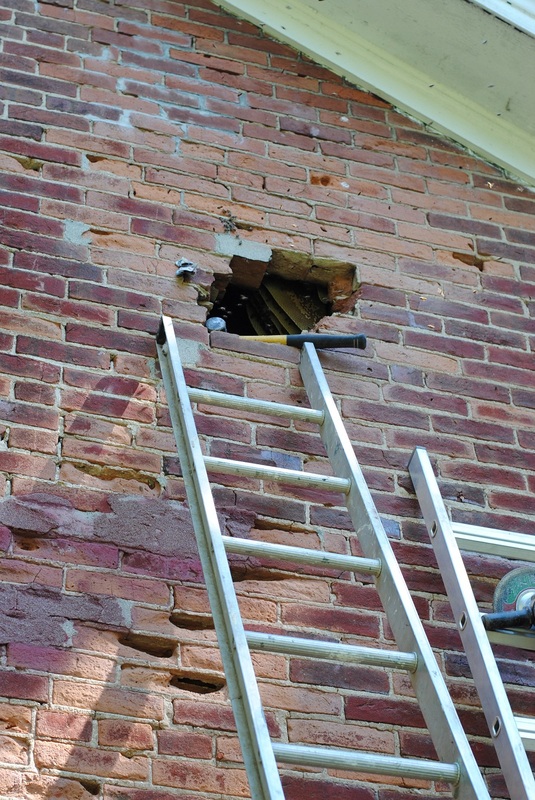
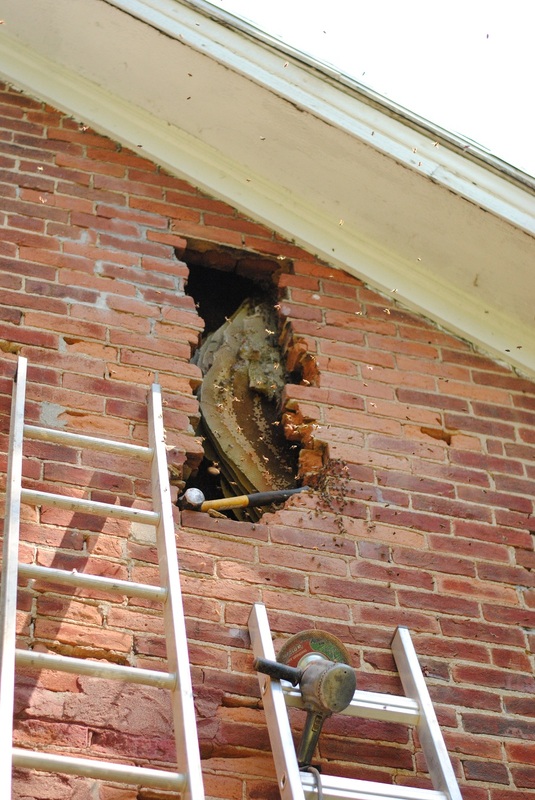
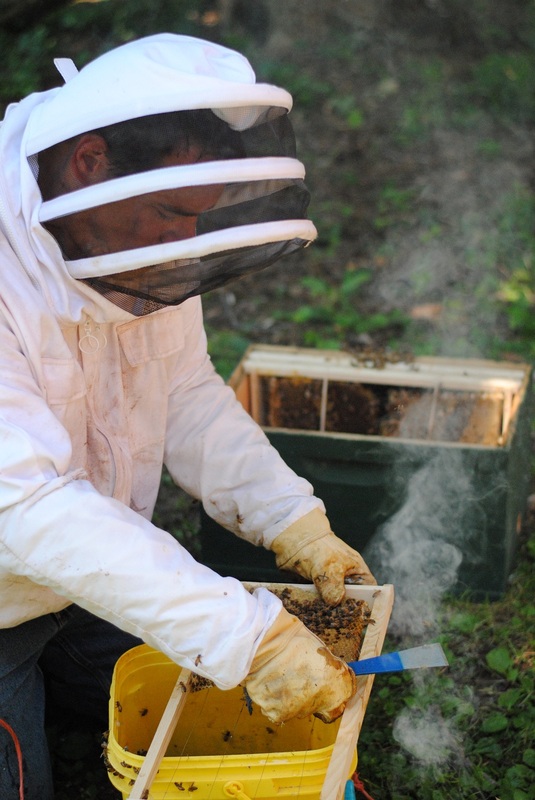


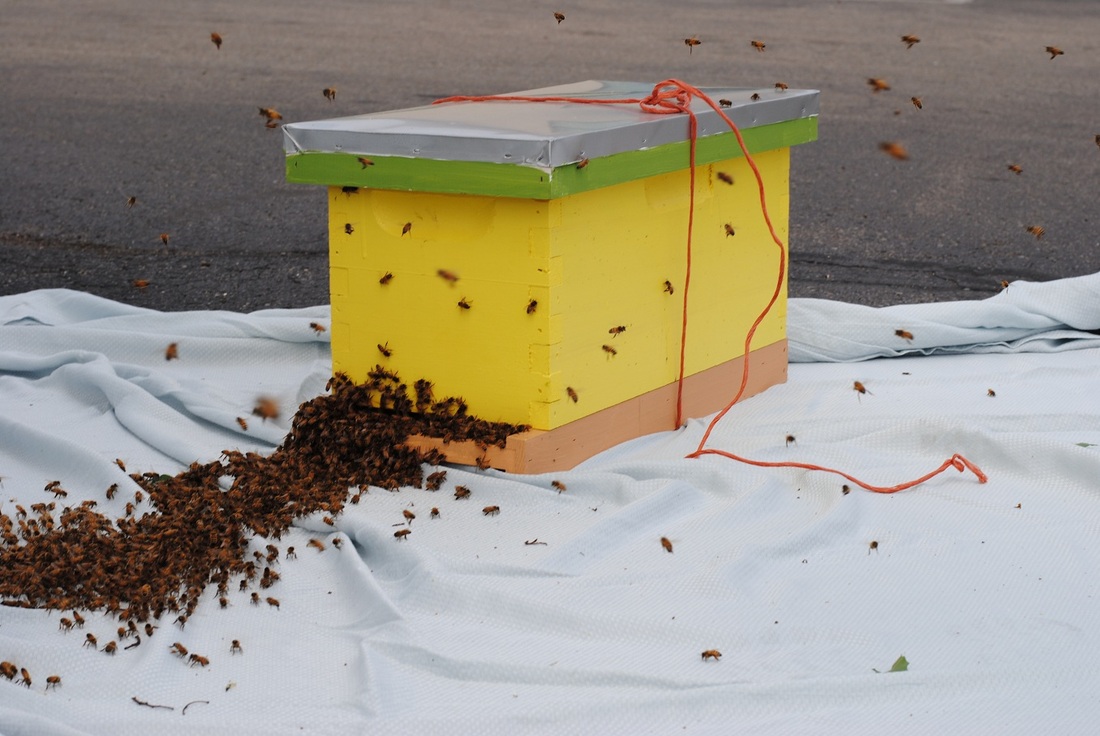
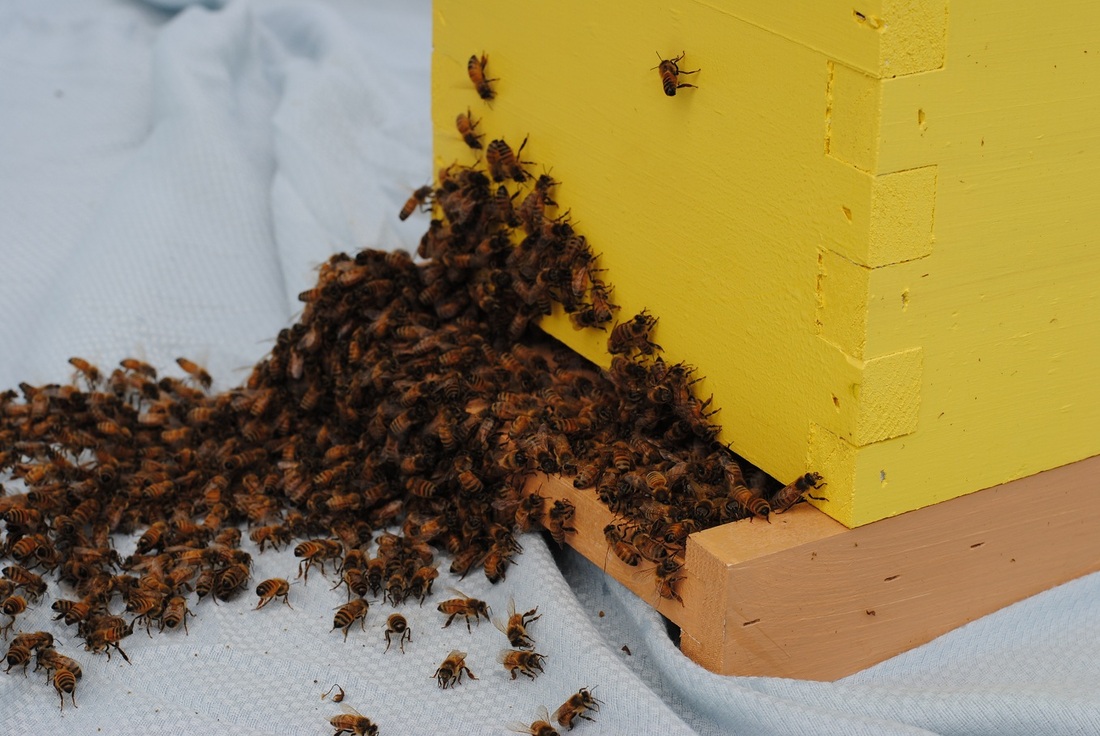

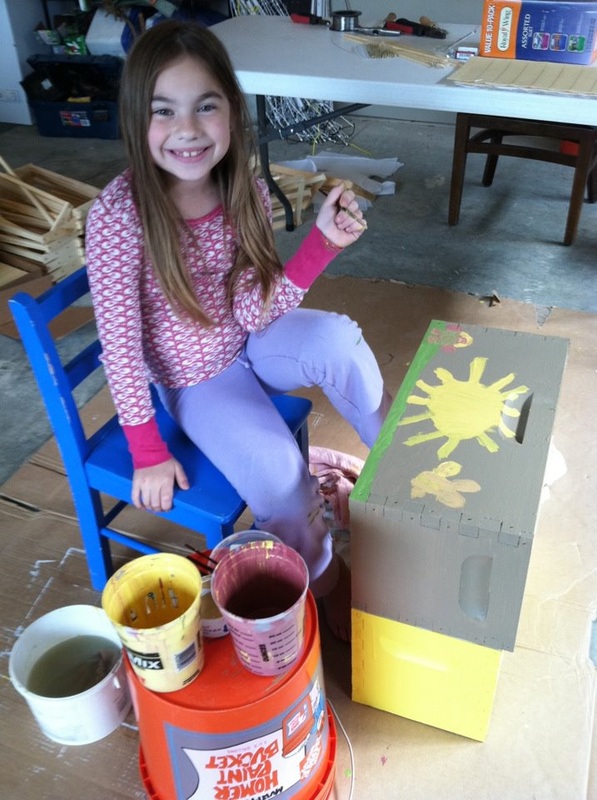
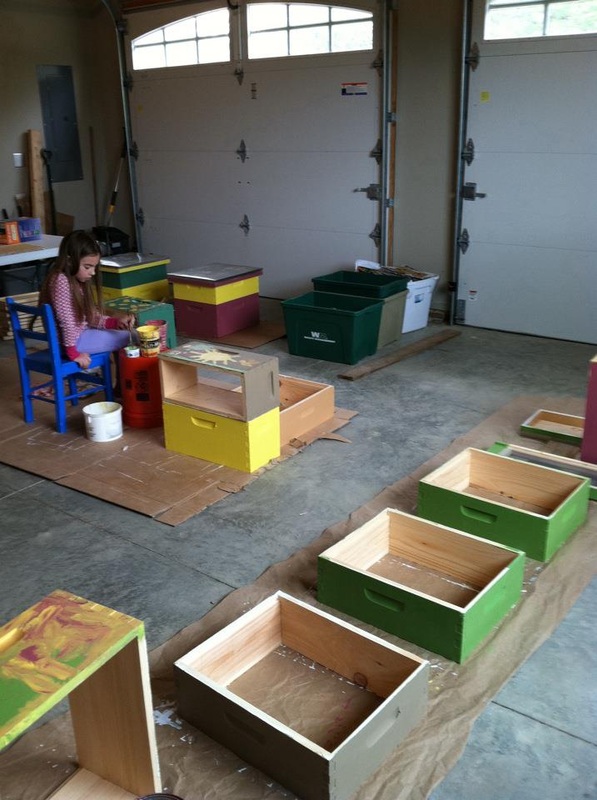
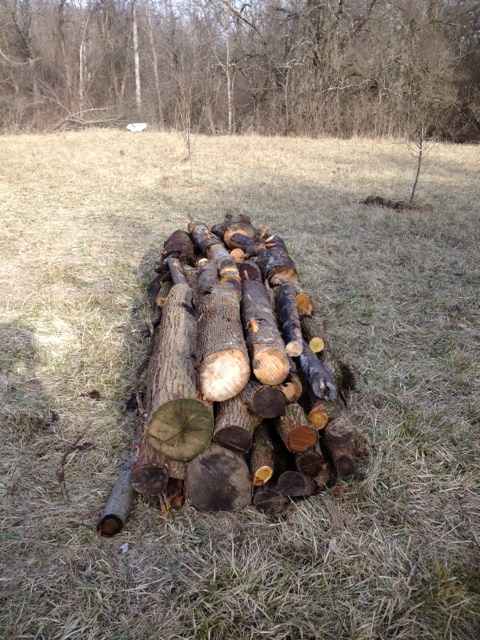
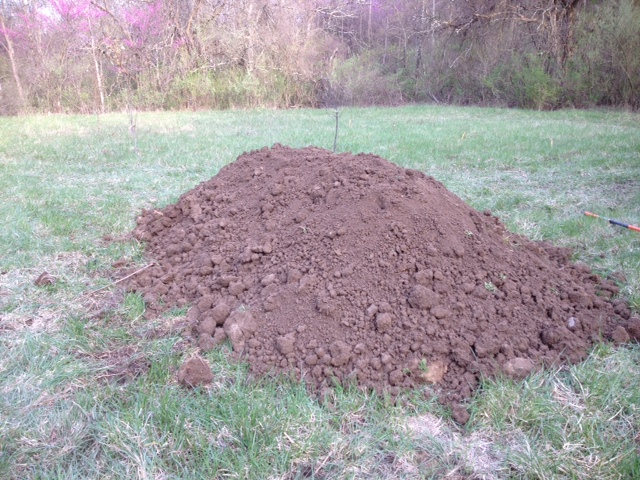
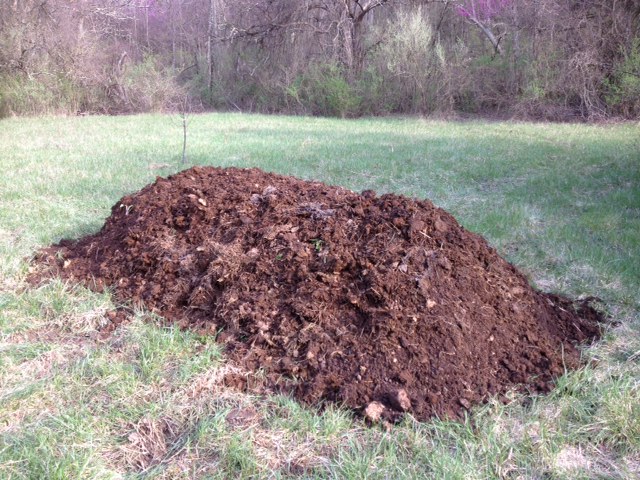
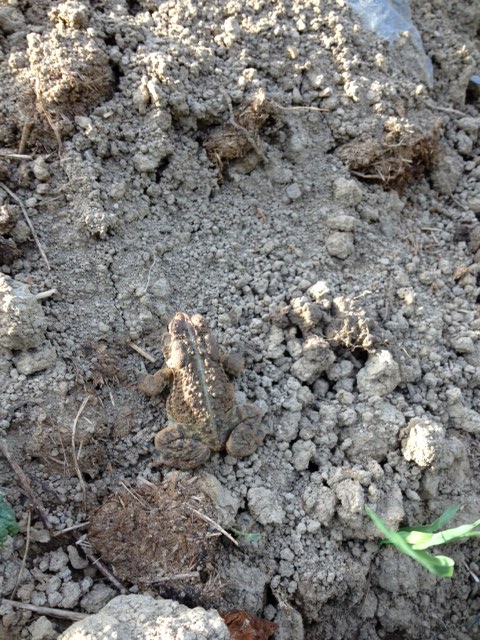
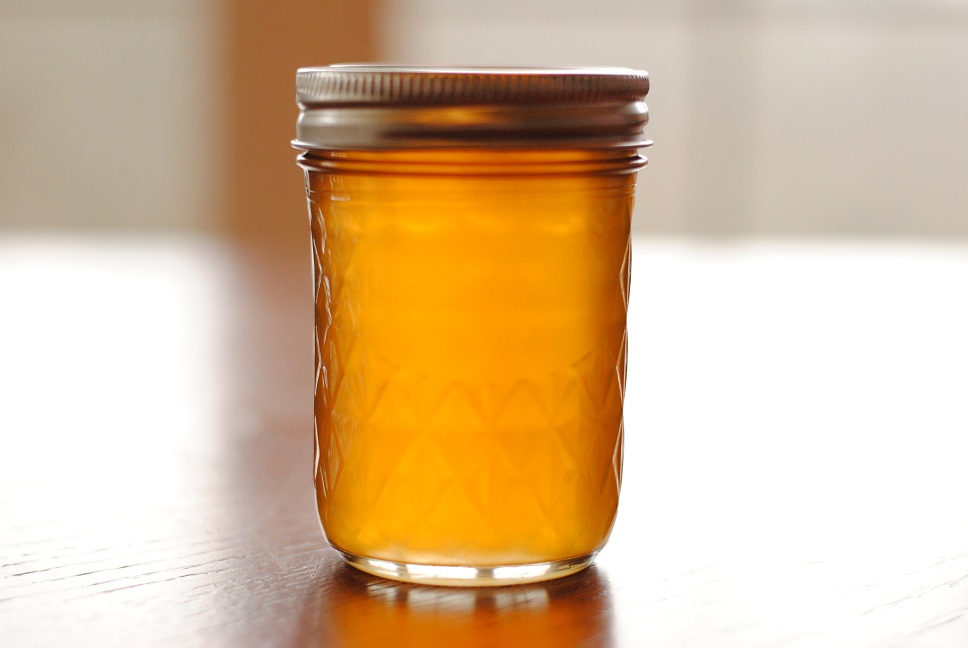
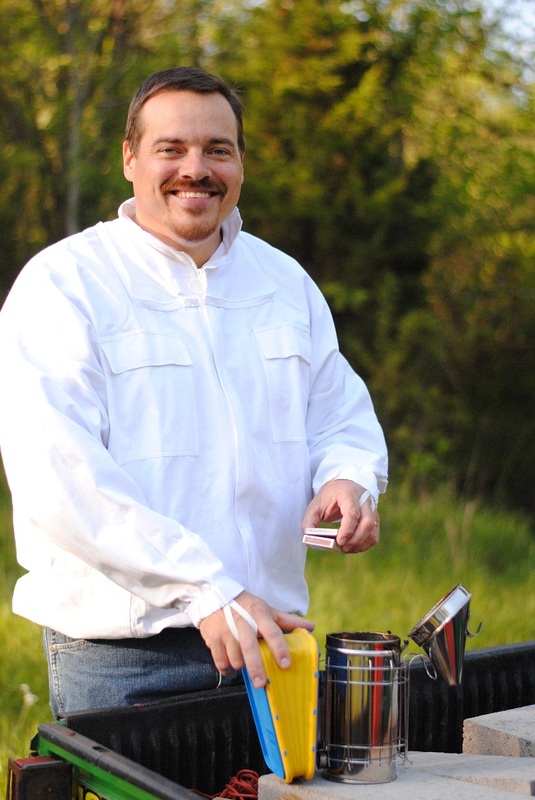
 RSS Feed
RSS Feed